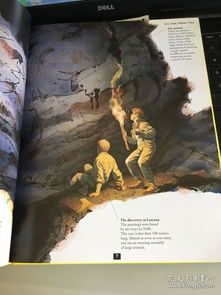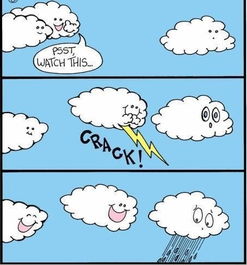In the serene world of angling, the skill of casting and controlling the line is akin to a dance, where the angler must synchronize their movements with the whims of nature. Whether you're a beginner or a seasoned fisherman, mastering the art of casting and line control can significantly enhance your fishing experience. This article delves into the essential techniques that will help you become a proficient caster, ensuring that your line follows a graceful arc and your bait lands precisely where you intend it to.
Understanding the Basics of Casting
Before diving into the specifics of casting techniques, it's crucial to understand the basic components of the casting process. Casting involves three primary movements: the back cast, the forward cast, and the final presentation. Each movement plays a critical role in the overall success of your cast.

Back Cast: This is the initial movement where you load the rod by moving the tip back. It's essential to keep the rod tip high and steady during this phase to create the necessary power for the forward cast.
Forward Cast: Once the line is fully loaded on the rod, you smoothly accelerate the rod tip forward, releasing the line and bait. The key is to maintain a consistent acceleration to ensure a tight loop and a straight line.
Final Presentation: The final movement involves a gentle flick of the rod tip to place the bait or lure in the desired location. This presentation must be subtle to avoid spooking fish.
The Importance of Line Control
Line control is the art of managing the line during and after the cast. It's crucial for maintaining a tight line, which is essential for setting the hook, playing fish, and landing your catch. Here are some techniques to improve your line control:
Tension: Maintaining a consistent tension on the line is vital. Too much tension can lead to a snap in the line, while too little can cause the bait to sink or drift away. Practice finding the sweet spot where the line is neither too tight nor too loose.
Loop Size: The size of the loop you create during the cast affects the distance and accuracy of your presentation. A larger loop can help with longer casts, but it may reduce accuracy. Experiment with different loop sizes to find what works best for your casting distance and conditions.
Rod Tip Position: The position of the rod tip during the cast can greatly influence line control. Keep the rod tip low and pointed down during the back cast to help load the rod. As you transition to the forward cast, raise the rod tip smoothly to create a tight loop.
Essential Casting Techniques
Now that we have a grasp of the basics, let's explore some essential casting techniques:
Overhead Casting: This is the most common casting style and is suitable for most fishing scenarios. To perform an overhead cast, hold the rod in a comfortable grip, bring the rod back behind your head, and then accelerate the rod tip forward, keeping your wrist firm and your elbow close to your body.
Sidearm Casting: This technique is ideal for casting into tight spots or when you need more accuracy. Start by holding the rod horizontally, then move it to the side before accelerating the rod tip forward.
Roll Cast: The roll cast is a great method for casting into heavy cover or when the wind is against you. It involves rolling the line off the tip of the rod, rather than casting it with a straight line. This technique requires practice but can be highly effective.
Trolling: Trolling involves casting the line out and retrieving it at a steady pace to attract fish. The key is to maintain a consistent speed and rhythm, using a variety of retrieves to mimic the natural movement of prey.
Practical Tips for Improved Casting
To improve your casting skills, consider the following practical tips:
Practice Regularly: Like any skill, casting requires consistent practice. Spend time each day working on different techniques and scenarios.
Use a Casting Machine: A casting machine can help you practice casting at different distances and under various conditions.
Watch Professional Tutorials: Learning from experienced anglers can provide valuable insights and tips that can help you refine your technique.
Focus on Your Form: Pay attention to your grip, posture, and movements. Even small adjustments can make a significant difference in your casting accuracy.
Experiment with Different Rods and Lures: Different rods and lures can affect your casting style. Experiment with various options to find what works best for you.
In conclusion, mastering the art of casting and line control is a journey that requires patience, practice, and a willingness to learn. By understanding the basics, employing essential techniques, and refining your form, you'll be well on your way to becoming a proficient caster. Remember, the key to successful fishing lies not only in the bait you choose but also in the skillful way you present it to the fish. Happy fishing!












